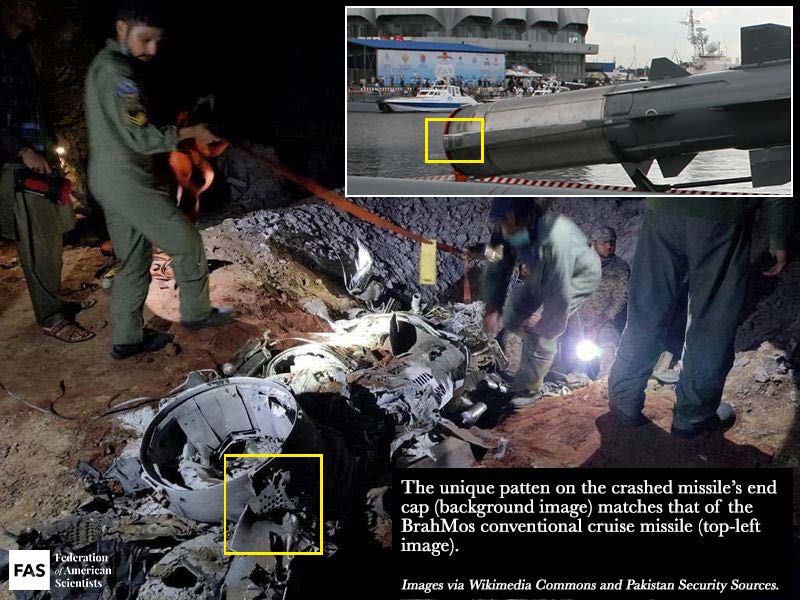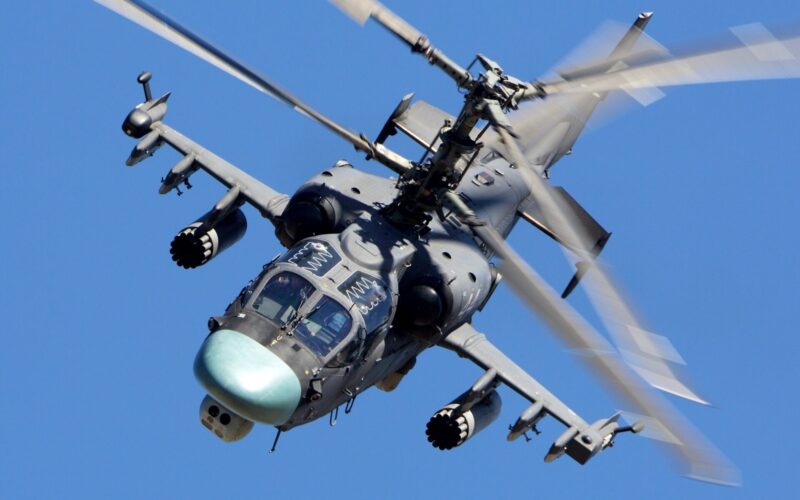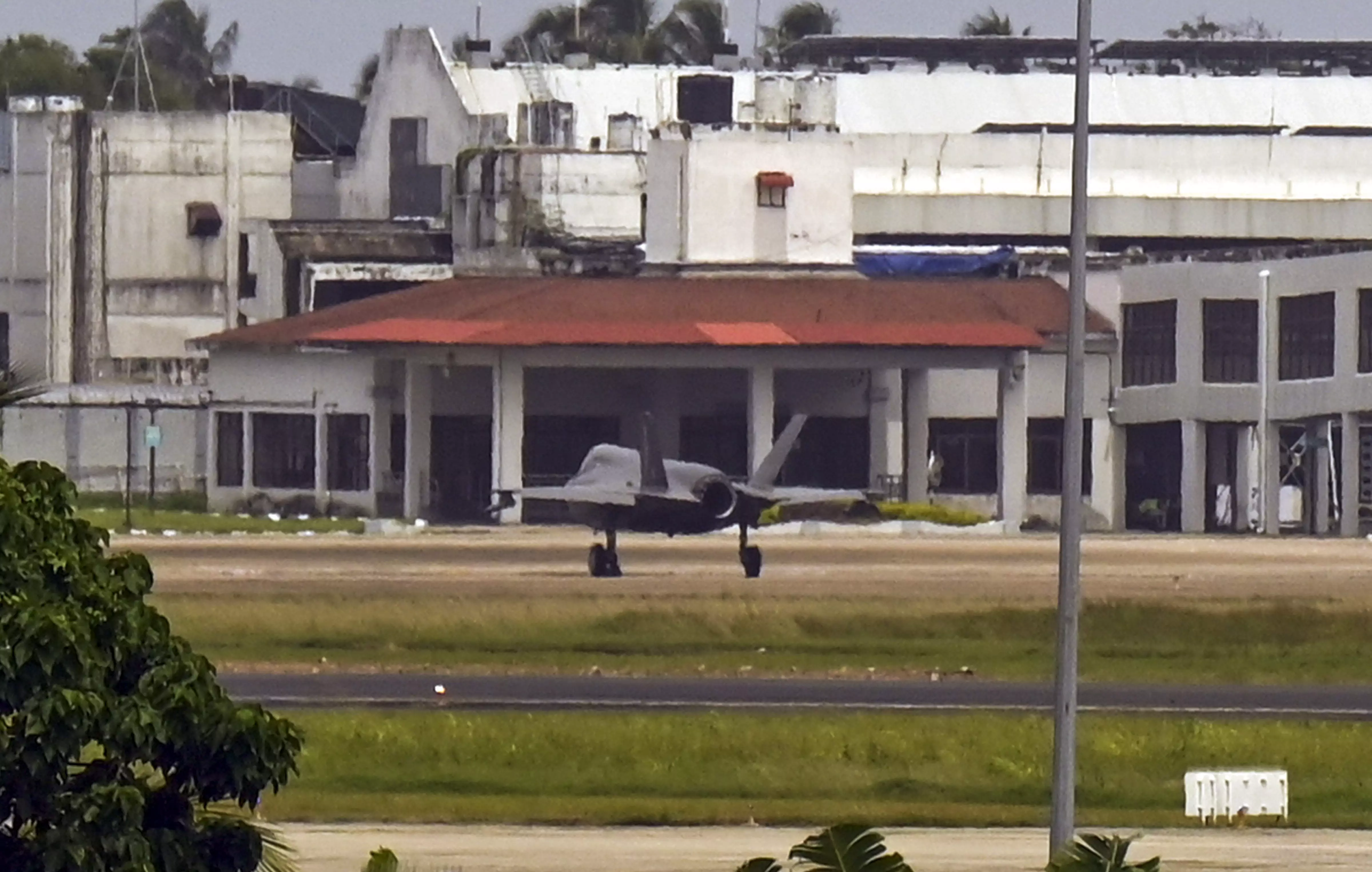SOURCE: IDRW.ORG

Solar Group has made a groundbreaking debut by showcasing the full operational system of its indigenous counter-drone solution, Bhargavastra, mounted for the first time on a 4×4 light truck. This innovative multi-layered system, designed to neutralize drone threats using both guided micro-missiles and unguided rockets, marks a significant milestone in India’s defense technology landscape. The system was successfully tested at the Gopalpur Seaward Firing Ranges on January 12 and 13, 2025, where it demonstrated its capability by hitting virtual targets over 2.5 kilometers away, offering a cost-effective response to the rising threat of swarm drones.
Developed by Economic Explosives Ltd (EEL), a subsidiary of Solar Group, Bhargavastra leverages cutting-edge technology to address the challenges posed by autonomous drone swarms, which have become a prominent concern in modern warfare. The system’s dual-layer approach includes unguided rockets for wide-area swarm neutralization and precision-guided micro-missiles for targeted strikes, ensuring versatility against diverse aerial threats. Its ability to detect small incoming drones at ranges exceeding 6 kilometers, with radar capable of identifying medium to large unmanned aerial vehicles (UAVs) up to 10 kilometers away, underscores its advanced detection capabilities.
Continue readingSOURCE: IDRW.ORG

In the wake of India’s Operation Sindoor, a four-day military engagement from May 7 to May 10, 2025, Chinese defense analysts and social media commentators have sharply criticized Pakistan’s handling of the Chinese-supplied HQ-9 air defense system, labeling its personnel as “mute spectators” due to operational inefficiencies and inadequate training. The operation, launched in retaliation for a terrorist attack in Pahalgam, Jammu and Kashmir, on April 22, 2025, which killed 26 civilians, saw Indian forces penetrate Pakistan’s air defenses with ease, leveraging superior missile technology, satellite intelligence, and electronic warfare (EW).
The destruction of several HQ-9 batteries by Indian loitering munitions, alongside losses of fighter jets, surveillance aircraft, drones, and radar sites, has not only embarrassed Pakistan’s military but also cast significant doubts on the reliability of Chinese defense exports, particularly the HQ-9 system. This article examines the reasons behind the HQ-9’s failure, its implications for China’s global arms market ambitions, and the broader strategic fallout for the China-Pakistan defense partnership.
Continue readingSOURCE: AFI

Recent claims by segments of the Pakistani defence community and articles from Defence Security Asia asserting that Pakistan’s PL-15 Beyond Visual Range Air-to-Air Missile (BVRAAM) downed an Indian Air Force (IAF) Rafale jet at a distance of nearly 200 kilometers have sparked intense debate. These assertions, tied to the May 2025 India-Pakistan aerial clashes, suggest a remarkable feat for the Chinese-supplied PL-15E, credited with a range of up to 300 kilometers. However, a closer examination reveals significant technical and operational flaws in these claims, particularly regarding the feasibility of such a long-range kill using BVRAAMs, while contrasting this with the potential of systems like the S-400.
The primary challenge with the PL-15 achieving a 200-kilometer kill lies in the inherent limitations of BVRAAMs. These missiles rely on active radar homing (ARH) for terminal guidance, requiring the launching fighter to maintain a line-of-sight and provide midcourse updates, often via datalinks, until the missile’s seeker acquires the target.
Continue readingSOURCE: AFI

The March 9, 2022, incident involving an Indian BrahMos missile landing near Mian Channu in Pakistan’s Punjab province has resurfaced as a subject of intense scrutiny, with conflicting narratives challenging the initial explanation of a “fluke firing.” Initially reported as an accidental launch from Ambala, Haryana, the missile crossed into Pakistan via the Suratgarh border, tracing a trajectory that included a striking 90° turn. Plotted on Google Earth, the missile’s path suggests it traveled approximately 124 kilometers within Pakistani airspace over 3 minutes and 44 seconds, reaching a speed of around Mach 1.6. Remarkably, it caused no significant damage, with local accounts indicating it impacted an unpopulated area.
Official statements from India at the time attributed the incident to a technical malfunction during routine maintenance, a claim supported by a subsequent Court of Inquiry that led to the dismissal of three Indian Air Force officers for procedural lapses. Pakistan, while condemning the breach of its airspace, tracked the missile’s flight and noted its unarmed status, avoiding escalation. The missile’s unusual maneuver—a sharp turn mid-flight—raised eyebrows, but the lack of casualties or destruction was widely seen as a fortunate outcome, averting a potential crisis between the nuclear-armed neighbors.
Continue readingSOURCE: AFI

The Israel Defense Forces (IDF) has once again drawn criticism for sharing an inaccurate map of India, this time erroneously depicting the northeastern state of Arunachal Pradesh as part of China. The controversy erupted after Lieutenant Colonel Nadav Shoshani, IDF’s International Spokesperson, posted a revised map on X in an attempt to correct an earlier error that had misrepresented India’s borders, including Jammu and Kashmir, Ladakh, and parts of the Northeast. However, the new map has sparked fresh outrage for its failure to accurately represent Arunachal Pradesh, a state India staunchly defends as an integral part of its territory.
The initial map, posted by the IDF on June 13, 2025, to illustrate the range of Iranian missiles, omitted India’s northeastern region, Nepal, and Bhutan, prompting swift backlash from Indian netizens on X. Shoshani acknowledged the mistake, stating, “While focusing on neutralizing the nuclear threat, we mistakenly used the wrong world map,” and expressed gratitude to Indian users for highlighting the error. A corrected map was subsequently shared, but the update has proven to be equally problematic, with Arunachal Pradesh shown as part of China—a move that has reignited concerns over the IDF’s cartographic accuracy.
Continue readingSOURCE: AFI

The upcoming Paris Air Show, set to kick off on June 16, 2025, at Le Bourget, will feature a significant highlight as Dassault Aviation unveils a Rafale B equipped with conformal fuel tanks (CFTs). This marks a notable return to a concept the French manufacturer first explored in the early 2000s, only to shelve it at the time. The reintroduction of CFTs on the twin-seat Rafale B suggests Dassault is betting on renewed market interest, particularly for long-range deep-strike missions.
Conformal fuel tanks, mounted flush along the aircraft’s fuselage, enhance the Rafale’s range and payload capacity without the drag penalty associated with traditional external drop tanks. Initially tested in April 2001 with 1,150-liter CFTs, the technology promised a 20-25% range increase, a feature showcased at the same airshow over two decades ago. However, the idea was abandoned, possibly due to operational challenges or shifting priorities. The latest iteration, featuring CFTs on the Rafale B01 development aircraft, indicates a strategic pivot, potentially driven by evolving combat requirements and export opportunities.
Continue readingSOURCE: AFI

Russian helicopters like the Mi-8, Mi-24, and Mi-28 often stand out for their rugged, bulky designs, lacking the sleek polish of their American counterparts such as the Black Hawk or Apache. They’re louder, heavier, and sometimes even seem old-fashioned, prompting questions about their aesthetics and performance. Yet, there’s a deliberate logic behind their design that makes them uniquely effective. Far from being flaws, their rough appearance and raw power are intentional choices rooted in practicality, resilience, and affordability. Here’s why Russian helicopters look the way they do—and why that’s a good thing.
Russian helicopters are engineered to endure the harshest environments on Earth—freezing Siberian tundras, scorching Middle Eastern deserts, muddy jungles, or remote outposts with no infrastructure. Unlike American helicopters, which prioritize advanced technology and streamlined designs, Russian models focus on raw durability. They’re big, sturdy, and simple, built to take off and land on rough terrain like dirt roads or uneven fields. Their robust airframes and heavy-duty components can withstand damage that might ground more delicate systems.
Continue readingSOURCE: PTI

As a British F-35 fighter jet made an emergency landing at Kerala’s Thiruvananthapuram International Airport last night, the Indian Air Force (IAF) on Sunday said it is “fully aware” of it and facilitated the aircraft for flight safety reasons.
The jet, which is believed to have taken off from an aircraft carrier, made the emergency landing after running low on fuel, sources said on Sunday. The jet landed safely at around 9.30 pm, they said. An IAF spokesperson in a brief statement said, “A normal occurrence of diversion by F-35.
Continue readingSOURCE: IANS

Dassault Aviation Chairman and CEO Eric Trappier has dismissed as “factually incorrect” Pakistan’s claims about having shot down three Rafale fighter jets of the Indian Air Force during Operation Sindoor.
In an interview to French magazine Challenges, Trappier said: “What Pakistan is claiming about downing three Rafales is simply not true.” He made it clear that Dassault, the French company that manufactures the Rafale, has received no official communication from the Indian Air Force indicating any such losses. “What we already know is that what the Pakistanis are saying about destroying three Rafale planes is inaccurate,” Trappier said.
Continue readingSOURCE: PTI

Drone manufacturer Garuda Aerospace has established an Agri-Drone Indigenisation facility near the city to design and manufacture advanced Unmanned Aerial Systems among many others, a top official said on Friday.
The facility, a first-of-its-kind initiative, augments Garuda Aerospace’s existing manufacturing unit located near Chennai and a major leap in advancing drone manufacturing. The products that would be produced at the facility include 7 subsystems (of Unmanned Aerial Systems), 33 parts among others. The production would be covered under the Centre’s ambitious ‘Atmanirbhar Bharat’ campaign.
Continue readingSOURCE: IANS
Israeli President Isaac Herzog has expressed deep sorrow over the loss of lives in the overnight Iranian missile strikes that left at least ten people dead and more than 200 injured across various cities in Israel.
In a statement on social media platform X, Herzog called it “a very sad and difficult morning.” “Our sisters and brothers were murdered and injured last night by criminal Iranian attacks against the civilian population in Bat Yam, Tamra and other communities. Jews and Arabs, veteran citizens and new immigrants, including children and the elderly, women and men,” he wrote.
Continue readingSOURCE: IANS
In a blow to purveyors of fake news trying to create a diplomatic rift between the US and India, the White House has denied that Pakistan’s military chief, Asim Munir, was invited to the Washington Military Parade on Saturday.
“This is false. No foreign military leaders were invited,” a White House official said of the reports about the invitation to Munir. Critics of India and the opposition parties in India seized on the fake reports to criticise Prime Minister Narendra Modi’s government and tried to sow discord between India and the US.
Continue readingSOURCE: IANS
Alert troops of the Army foiled an infiltration attempt along the Line of Control in Jammu and Kashmir’s Rajouri district on Sunday, while searches are underway after suspicious movement was detected on the LoC in Poonch district.
Officials said that alert troops noticed some suspicious movement on the LoC in the Baratgala area of the Keri sector in Rajouri district.
Continue readingSOURCE: PTI

Helicopter services on the Chardham yatra route were suspended for two days on Sunday in the wake of the crash of a chopper returning from Kedarnath.
Seven people, including the pilot, were killed in the helicopter crash on Sunday morning.Chief Minister Pushkar Singh Dhami, who held an emergency meeting with senior officials to discuss the situation, said heli services will remain suspended for two days as the weather is bad and the safety of passengers is the state government’s top priority.
Continue readingSOURCE: PTI

Prime Minister Narendra Modi said on Sunday that the upcoming G7 Summit in Canada will provide space for exchanging views on pressing global issues and the priorities of the Global South, as he left for a three-nation tour.
In his departure statement ahead of his three-nation tour, PM Modi said he looks forward to engaging with leaders from partner countries during the summit at Kananaskis, which he is attending at the invitation of Canadian Prime Minister Mark Carney.
Continue reading